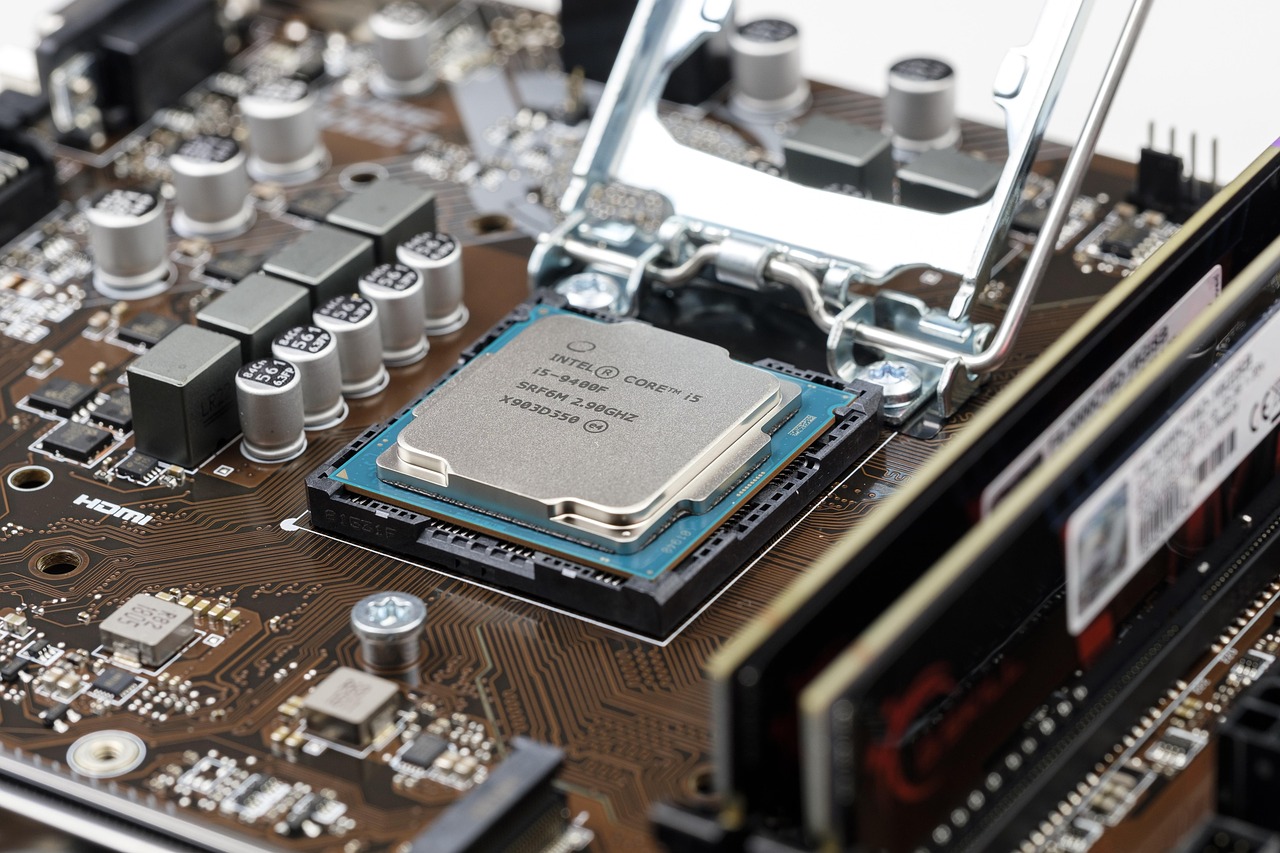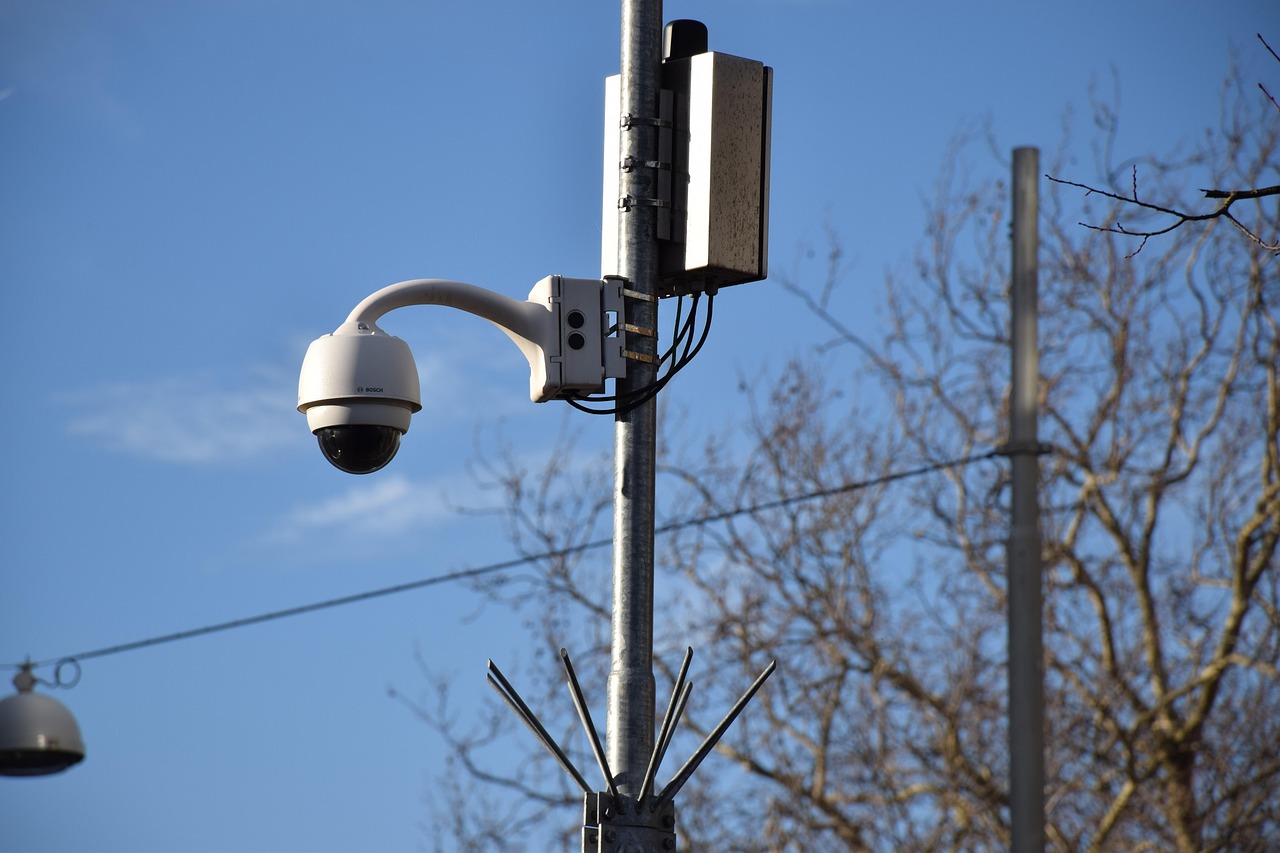AI Uses Facial Analysis in Fraud Detection: A Consent-Driven Approach

In an era where digital transactions have become the norm, the need for robust fraud detection mechanisms is more critical than ever. Artificial Intelligence (AI) has emerged as a powerful tool in this field, with facial analysis offering a promising solution. This technology, when deployed with consent, can significantly enhance the security of financial transactions and personal data, while maintaining ethical standards and privacy concerns.
Facial analysis technology utilizes AI algorithms to identify and verify individuals by analyzing facial features. This process involves capturing images or video of a person’s face, which the AI then processes to recognize unique physical traits. These traits are converted into a mathematical representation, creating a biometric template that can be used for comparison against stored data.
The application of facial analysis in fraud detection is particularly relevant in sectors such as banking, e-commerce, and cybersecurity. By integrating AI-driven facial recognition systems, organizations can authenticate users more reliably than traditional password-based methods. This not only enhances security but also improves user experience by reducing the friction associated with multiple authentication steps.
Globally, several countries have adopted facial analysis as part of their fraud prevention strategies. In China, for instance, facial recognition plays a crucial role in the banking sector, enabling secure and seamless customer identification. Similarly, in the United States, financial institutions are exploring AI-driven facial analysis to combat identity theft and account takeover fraud.
Moreover, the COVID-19 pandemic accelerated the adoption of contactless technologies, further highlighting the importance of facial analysis. With social distancing measures in place, businesses have sought ways to minimize physical interactions while ensuring security. Facial recognition technology provides a viable solution, allowing for secure, contactless authentication in various settings.
Despite its potential benefits, the use of facial analysis in fraud detection raises significant privacy and ethical concerns. Critics argue that the technology could lead to intrusive surveillance and misuse of personal data if not properly regulated. These concerns underscore the necessity for robust legal frameworks and industry standards to govern the use of AI in facial analysis.
Consent plays a pivotal role in addressing these challenges. Ensuring that individuals are fully informed and have given explicit consent before their biometric data is collected and used is crucial. This not only aligns with ethical standards but also builds trust among users, which is essential for the widespread acceptance of facial analysis technologies.
Several jurisdictions have implemented regulations to safeguard personal data and ensure responsible use of facial recognition. The European Union’s General Data Protection Regulation (GDPR) is a notable example, imposing strict requirements on data processing and emphasizing the importance of consent. Likewise, some states in the U.S., such as Illinois, have enacted laws specifically targeting biometric data privacy, mandating explicit consent and transparency.
In conclusion, AI’s use of facial analysis in fraud detection represents a significant advancement in securing digital transactions. However, its implementation must be approached with caution, prioritizing consent and privacy to mitigate potential risks. By adhering to ethical guidelines and regulatory frameworks, businesses can leverage this technology to enhance security while respecting individual rights and freedoms.
As AI continues to evolve, the integration of facial analysis in fraud detection will likely become more sophisticated, offering even greater precision and efficiency. Stakeholders must collaborate to ensure that these advancements are harnessed responsibly, fostering a secure and privacy-conscious digital ecosystem.
















